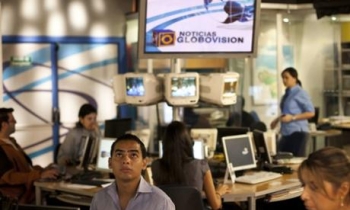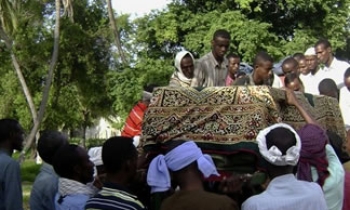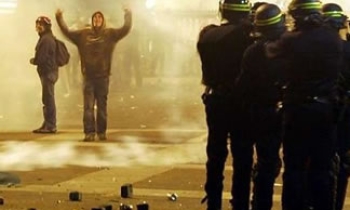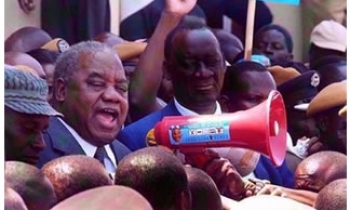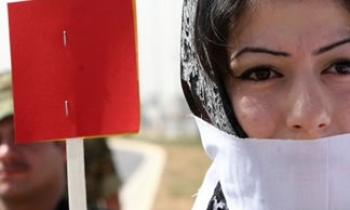Murder has overtaken crossfire and other acts of war as the leading cause of work-related deaths among journalists and media support workers in Iraq, and local journalists are far and away the most vulnerable to attack, a new analysis by the Committee to Protect Journalists (CPJ) has found. CPJ research, compiled for the third anniversary of the conflict, shows that 67 journalists and 24 media support workers have been killed since the war began on March 20, 2003.
In the past 10 days alone, suspected insurgents have murdered three Iraqi journalists and one media worker: Muhsin Khudhair, editor of the news magazine Alef Ba; Amjad Hameed, head of programming for Iraq's national television channel Al-Iraqiya, and his driver Anwar Turki; and Munsuf Abdallah al-Khaldi, a presenter for Baghdad TV.
The killings offer a chilling snapshot into recent trends. Iraqis constitute nearly 80 per cent of journalists and support staffers killed for their work in Iraq. Overall, 60 percent of the journalists and support workers killed in Iraq were targeted for assassination. The third year of the war brought a significant shift in the danger, CPJ research shows, after two years in which crossfire had been a more frequent cause of media deaths.
Insurgent actions are behind most of the deaths since the war began. More than two-thirds of journalist and support worker deaths stemmed from murders, suicide bombings, and acts of war committed by insurgents, CPJ research shows.
"As we look back on three dangerous years for journalists in Iraq, we see violent trends escalating and reinforcing the dangers reporters are facing," CPJ Executive Director Ann Cooper said. "Today, we mourn the loss of our colleagues. It is imperative that the neutrality of the press be respected, and that journalists be able to cover this conflict safely without being targeted so that free information about Iraq can reach the outside world." The conflict is the deadliest in CPJ's 25-year history, surpassing the 58 journalists killed in the Algerian conflict from 1993 to 1996.
CPJ considers a journalist to be killed on duty if the person died as a result of a hostile action–such as reprisal for his or her work, or crossfire while carrying out a dangerous assignment. CPJ does not include journalists killed in accidents, such as car or plane crashes, unless the crash was caused by aggressive human action (for example, if a plane were shot down or a car crashed trying to avoid gunfire). Nor does CPJ include journalists who died of health ailments.
The Iraq Media Network, which receives funding from the U.S. government and includes national broadcaster Al-Iraqiya, has suffered the greatest losses, with nine journalists and six support workers killed. The Dubai-based satellite news channel Al-Arabiya has had six journalists and five support workers killed.
Baghdad province has been the most dangerous for the press, with 33 journalists and 15 media workers killed, along with 23 journalists kidnapped. Nineveh province, which includes Mosul, has been the site of 11 journalist and three support worker deaths, along with five kidnappings.
Thirty-nine journalists have been kidnapped since the war began. European journalists have been targeted most frequently, with 18 having been seized. Seven of those kidnapped were Americans, including freelance reporter Jill Carroll who was abducted at gunpoint on January 7. She has not been released. Iraqi journalists Marwan Ghazal and Reem Zaeed, abducted on February 1, have also not been released.





